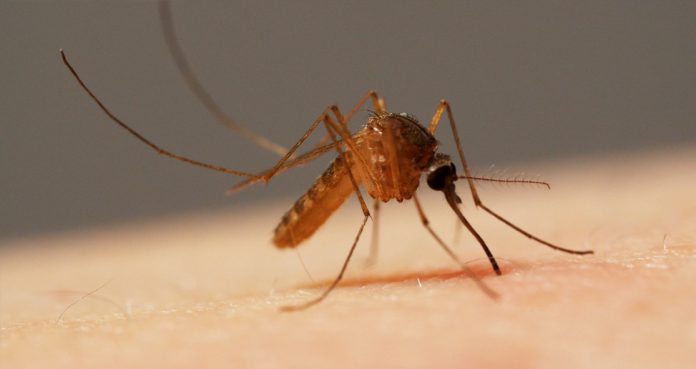Kansas public health officials said that every county in the state is at moderate risk of West Nile virus infections.
On Friday, the Kansas Department of Health and Environment said that no human cases have been reported as of May 25.
The health department said people should get rid of standing water from their property. Health officials said, “To avoid being bitten, people should wear insect repellant, long sleeves and pants, especially at dawn and dusk when mosquitoes are most active.”
According to the CDC, “West Nile virus (WNV) is the leading cause of mosquito-borne disease in the continental United States. It is most commonly spread to people by the bite of an infected mosquito. Cases of WNV occur during mosquito season, which starts in the summer and continues through fall.”
The agency says, “There are no vaccines to prevent or medications to treat WNV in people. Fortunately, most people infected with WNV do not feel sick. About 1 in 5 people who are infected develop a fever and other symptoms. About 1 out of 150 infected people develop a serious, sometimes fatal, illness. You can reduce your risk of WNV by using insect repellent and wearing long-sleeved shirts and long pants to prevent mosquito bites.”
West Nile virus infection can cause fever and other symptoms such as headaches, body aches, joint pains, vomiting, diarrhea, or rash. At least one out of 150 infected people are known to develop brain swelling, resulting in death. Please note that the virus cannot be transmitted from humans to humans.
The CDC recommends seeing your medical provider if you develop the symptoms described above. There are no vaccines or specific antiviral treatments available for WNV infection. OTC pain relievers are advised to reduce fever and relieve some symptoms. In severe cases, patients are hospitalized for supportive treatment, such as intravenous fluids, pain medication, and nursing care, according to the CDC.





















